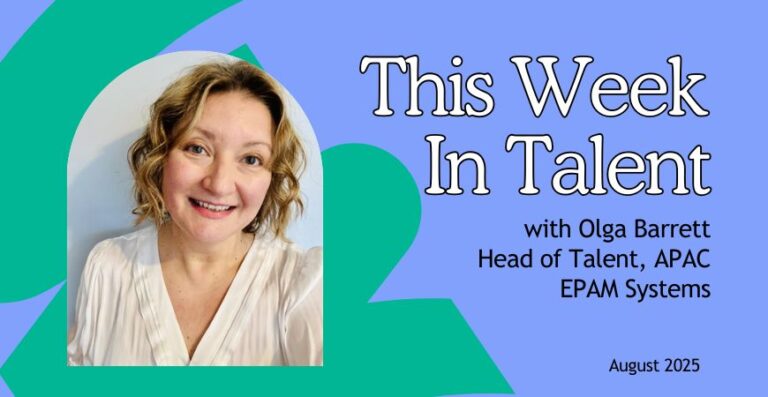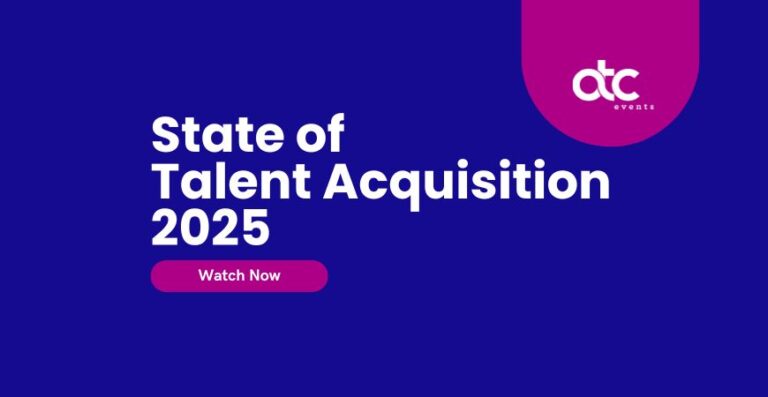When it comes to talent, historically companies have worked well in areas that are easy to implement and manage: policies, processes and technology. However, what will drive success for any talent function now and in the future is mindset.
Despite this need, mindset is where most companies are struggling. There are several reasons for this – leadership capability, the pandemic, employee burnout, tight budgets, silos within HR, the supposed Great Resignation and War for Talent, among others. But talent functions need to look beyond these hurdles and consider how they can lead their business to embrace a talent mindset in what is a make-or-break environment for companies and their talent right now.
So, what is a talent mindset? A talent mindset is a shift away from expecting technology, processes, and policies to fix attraction, mobility and retention problems. It’s a shift towards a mature and strategic approach to talent that is entrenched throughout the business. It’s something that takes time and significant organisational change if parts of the business aren’t onboard with this kind of thinking yet.
Companies that evolve to a talent mindset over time suddenly find that they’re comparatively spoilt for choice for talent. Their people are more engaged, they’re outperforming their competitors, colleagues are actively referring great people for jobs, and employees are advocates for the business. An ‘always on’ talent mindset will see people move around the business – there’s no talent hoarding – and everyone is focused on what’s best for the business long-term, rather than what’s best for the project they’re working on today.
If what I’m writing is resonating with you, but you’re operating in a business where there is work to be done to achieve a talent mindset, here are four questions you can ask yourself and the business:
1. Is the people strategy aligned to the business strategy?
Change must come from within the business but that can be hard for TA to influence. Atlassian is a business that’s proven this is possible, but their progress took time. We tell our clients to start small, be patient and persist. Focus on the quick wins now and work up to the more complex issues later.
2. Have all stakeholders from the CEO down bought into the talent strategy? Do they understand the role they play in achieving it?
In progressive talent-focused organisations the business is accountable for the talent outcomes, not HR. We want the business to become responsible for talent and to have this ‘always on’ talent mindset. Senior leaders consider people, development, and mobility the most important part of their job and if the business’s leaders embody a talent mindset the rest of the organisation will follow. ANZ bank has achieved great things in TA with a CEO focused on new and innovative ways of embedding talent.
3. Is the data and analytics that you’re generating in HR feeding into the big talent decisions within the organisation?
Talent focused businesses have manager KPIs around talent attraction, engagement, and mobility. Instead of focusing on time to fill a role, one of our clients recently introduced manager KPIs focused on the health of their talent pipelines and networks. Managers are expected, as part of their day-to-day role, to be networking and nurturing both internal and external talent.
4. Are your people considered merely liabilities on the balance sheet or your biggest asset?
Assets increase in value over time and a business’s intangible assets, including brand value, intellectual property and – of course – people, do too. The CFO may not yet have worked out how to value people in the same way that they can to real estate, but this does not mean that the business should not treat people as appreciating assets. Progressive talent-focused businesses invest in their employees and curate positive working experiences for their people. They are not fixated on short-term results but instead encourage leaders to invest in their employees – not jettison them reactively when the company hits a speed bump.
To achieve a talent mindset the focus needs to be on workforce visibility with mobility at the heart of talent functions. Businesses need to stop viewing talent as a supply chain and instead view it as an opportunity to unlock the human potential within the business, wherever it resides. This means talent is considered with all types of workers: temps, contractors, gig workers etc. Ultimately, we will see companies innovate and transform their talent functions, moving them away from the ‘process engines’ they have become to a talent mindset embedded business that reaches beyond the traditional definition of mobility, enabling companies to build the capacity of their people over time.








